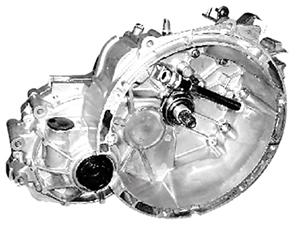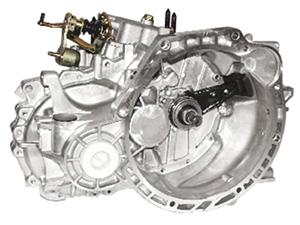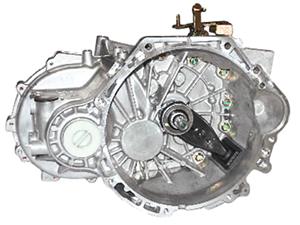- Home
- Products
- Old Models
- Model Information
- Engine
Engine

Technical Principle
VVT, Variable Valve Timing is a process of changing the timing of valve opening and closing event based on the running condition of engine. When the engine runs at high speed, valve overlap needs a wide angle to achieve full inflation. The valve overlap, however, should be decreased accordingly to reduce emission reduction when the engine runs at idle speed;
CVVT means continuous variable valve timing; It is single VVT if only intake air is controlled; It is double VVT or D-VVT if both intake valve and exhaust valve are controlled; It is VVT+VIS if there is variable plastic intake manifold installed.
Technical Characteristics
The VVT technology can increase engine power while greatly improving fuel economy (approx. 10%); the fuel is highly required.
Applications
0.8VVT Engine, 1.0VVT Engine, 1.3VVT Engine, 1.5VVT Engine, 1.6VVT Engine, 1.8VVT Engine, 2.0VVT Engine, 3.0VVT Engine and 3.5VVT Engine
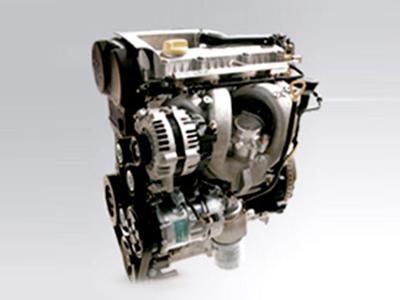
Technical Principle
The crankshaft pulley can be connected by belt. The rotation torque of the crankshaft will drive the supercharger. Then the supercharger compresses the intake air to realize supercharging. Consequently, output power and torque of the engine can be increased by more than 40%.
Technical Characteristics
Due to S-Charge, the acceleration is quite linearized without sluggish of turbo, thus making sure that the engine can provide power continuously at any time. However, the engine power will be partly consumed, hence resulting in lower fuel efficiency.
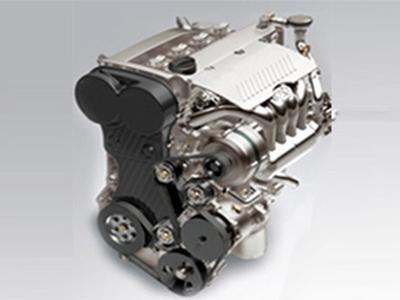
Technical Principle
The crankshaft pulley can be connected by belt. The rotation torque of the crankshaft will drive the supercharger. Then the supercharger compresses the intake air to realize supercharging. Consequently, output power and torque of the engine can be increased by more than 40%.
Technical Characteristics
Due to S-Charge, the acceleration is quite linearized without sluggish of turbo, thus making sure that the engine can provide power continuously at any time. However, the engine power will be partly consumed, hence resulting in lower fuel efficiency.

Technical Principle
Common rail fuel injection system mainly consists of HP fuel supply system, HP fuel rail, fuel injector, HP fuel pump and electronic control unit (ECU). The fuel pump and fuel transfer pump are designed integrally to save space. HP fuel pump can provide fuel with pressure up to 1,600 Bar or even more. The fuel will firstly enter into the fuel rail.
The fuel rail is an accumulator with a certain size and can operate under high pressure. The pressure of fuel from the HP fuel pump is fluctuating. Through buffering action, however, the fuel rail pressure can be kept at 1,600 Bar and the fuel can be distributed in four injectors via HP fuel pipe.
To achieve further stable operation, the whole fuel injection system can be divided into pre-injection, main injection and post-injection to realize fuel re-injection during combustion and reduce the temperature of combustion gas in the cylinder, thus effectively reducing the generation of NOx. In addition, the engine operates more stably and noise is effectively controlled.
Technical Characteristics
1. Increase engine stability and obviously improve power and torque;
2. It comes with high cost and the core technology is monopolized by foreign enterprises.
Applications
1.0DTI, 1.9DTI, 3.0DTI


